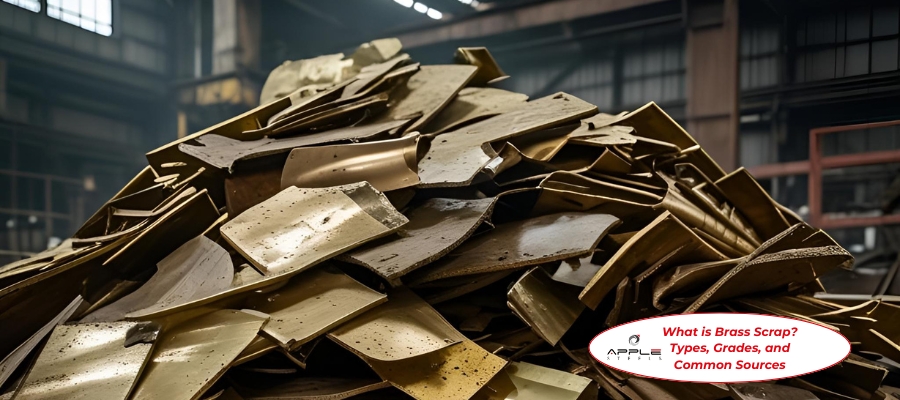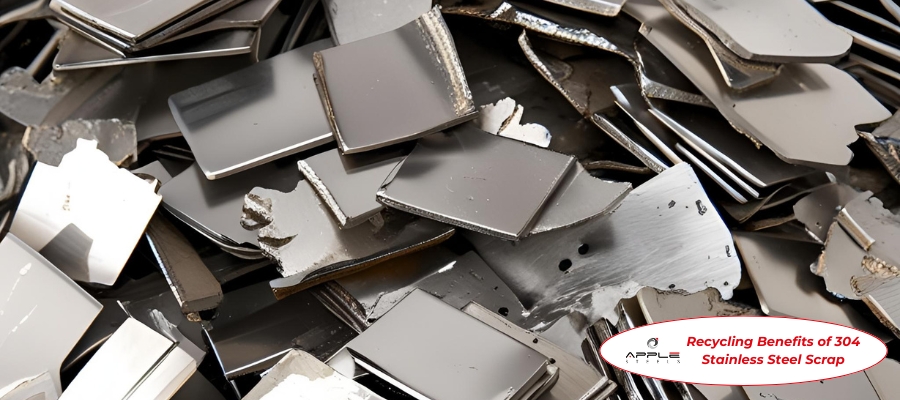Aluminium bars are a vital component in various industries due to their versatility, strength, and lightweight nature. However, not all aluminium bars are the same; they come in different grades, each with unique properties and applications. Understanding these grades is crucial for selecting the right type of aluminium bar for specific projects. In this blog, we will explore the different grades of aluminium bars, their characteristics, and their uses.
What Are Aluminium Grades?
Aluminium grades are classifications that indicate the composition and mechanical properties of aluminium alloys. These grades are crucial because they determine the suitability of the aluminium for different applications, from construction to aerospace.
Common Aluminium Grades
1. Aluminium 1100
Aluminium 1100 is the purest form of aluminium, containing 99% aluminium. It is known for its excellent corrosion resistance, high thermal conductivity, and superior formability. This grade is soft and ductile, making it ideal for applications like chemical and food processing industries, where corrosion resistance is paramount.
2. Aluminium 2024
Aluminium 2024 is a high-strength alloy known for its excellent fatigue resistance. It contains copper as the primary alloying element, which gives it high strength and a relatively low level of corrosion resistance. This grade is commonly used in aerospace applications, military equipment, and automotive industries.
3. Aluminium 6061
One of the most versatile aluminium alloys, Aluminium 6061, offers a balanced combination of strength, corrosion resistance, and machinability. It contains magnesium and silicon, making it ideal for structural applications, transportation, and marine environments. Aluminium 6061 is widely used in manufacturing automotive parts, aerospace components, and construction materials.
4. Aluminium 7075
Aluminium 7075 is one of the highest strength aluminium alloys available. It contains zinc as the primary alloying element, along with magnesium and copper, providing exceptional strength and good fatigue resistance. Due to its high strength-to-weight ratio, Aluminium 7075 is extensively used in aerospace applications, sports equipment, and high-performance automotive parts.
5. Aluminium 6063
Often referred to as architectural aluminium, Aluminium 6063 is known for its excellent corrosion resistance, smooth surface finish, and good machinability. It contains magnesium and silicon, similar to Aluminium 6061, but with slightly lower strength. This grade is commonly used in architectural applications, window frames, and irrigation tubing.
How to Choose the Right Aluminium Grade
Selecting the appropriate aluminium grade depends on several factors, including the intended application, environmental conditions, and specific mechanical properties required. Here are some key considerations:
- Strength Requirements: If the application demands high strength, grades like 2024 or 7075 are suitable. For moderate strength, Aluminium 6061 is a good choice.
- Corrosion Resistance: For environments where corrosion resistance is critical, such as marine or chemical industries, Aluminium 1100 or 6063 are ideal.
- Machinability: If the project involves extensive machining, Aluminium 6061 and 6063 offer excellent machinability.
- Thermal and Electrical Conductivity: For applications requiring high thermal or electrical conductivity, Aluminium 1100 is the best option due to its high purity.
Applications of Different Aluminium Grades
- Aerospace: Aluminium 2024 and 7075 are popular in the aerospace sector due to their high strength-to-weight ratio and fatigue resistance.
- Construction: Aluminium 6061 and 6063 are extensively used in construction for structural components, window frames, and piping.
- Automotive: The automotive industry utilizes Aluminium 6061 and 7075 for manufacturing lightweight yet strong vehicle components.
- Marine: Aluminium 6061 and 6063 are preferred for marine applications because of their excellent corrosion resistance in seawater environments.
- Electrical: Aluminium 1100 is widely used in the electrical industry for applications that require high electrical conductivity.
Conclusion
Understanding the different grades of aluminium bars is essential for choosing the right material for various applications. Each grade offers unique properties that make it suitable for specific uses, from high-strength aerospace components to corrosion-resistant marine applications. By selecting the appropriate aluminium grade, industries can optimize performance, durability, and cost-efficiency in their projects.




